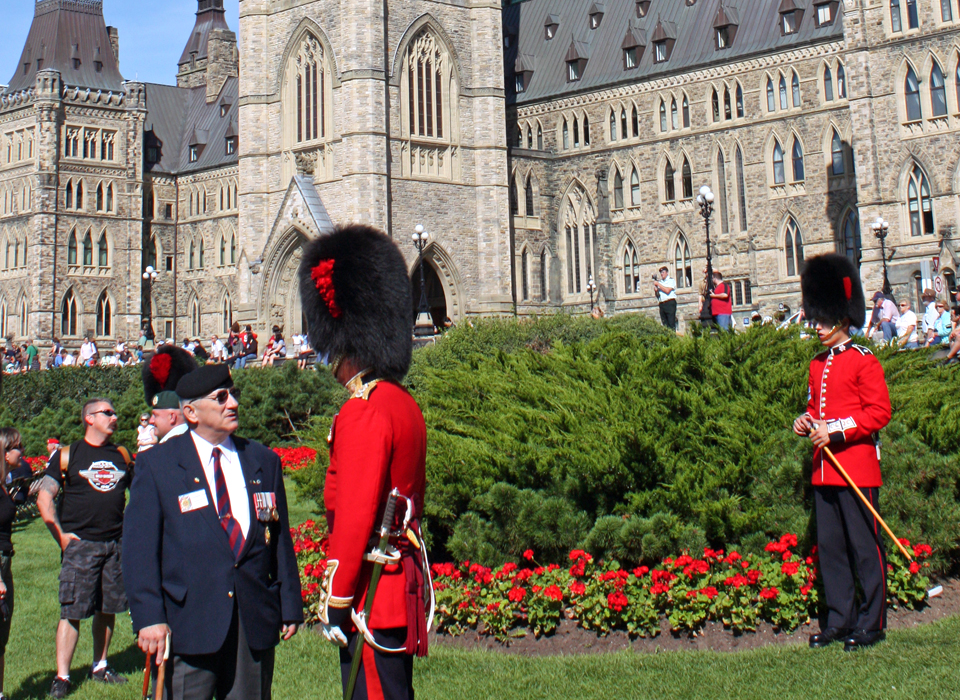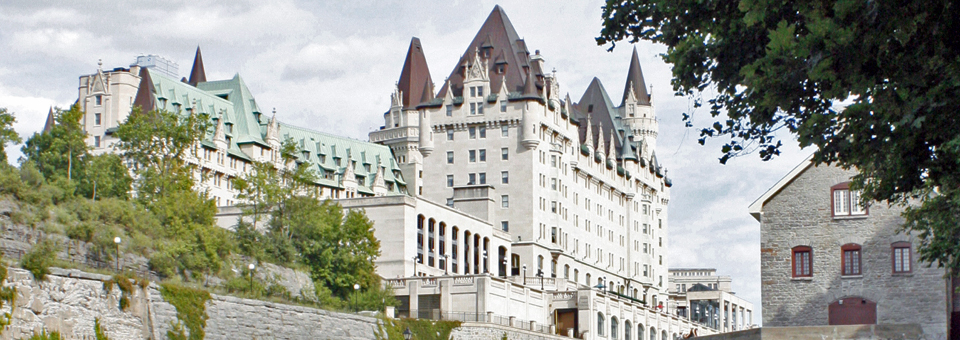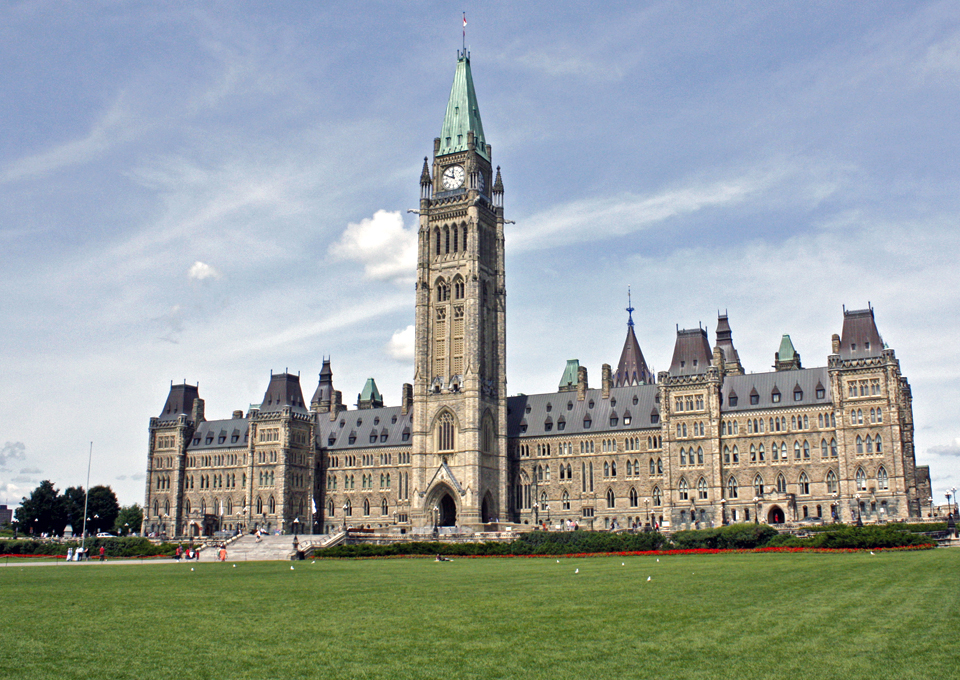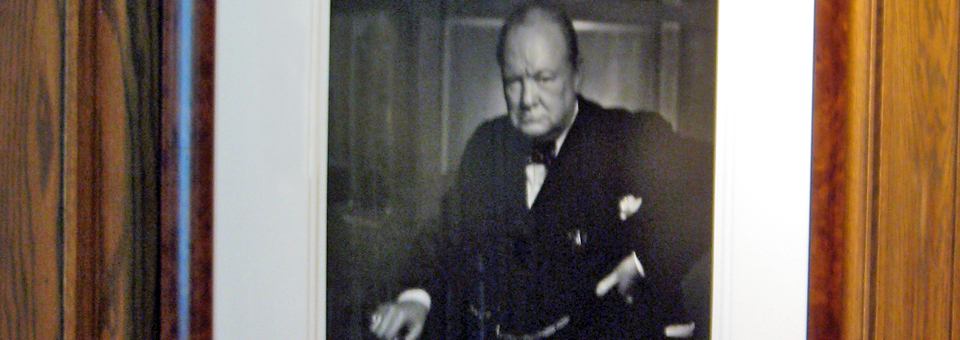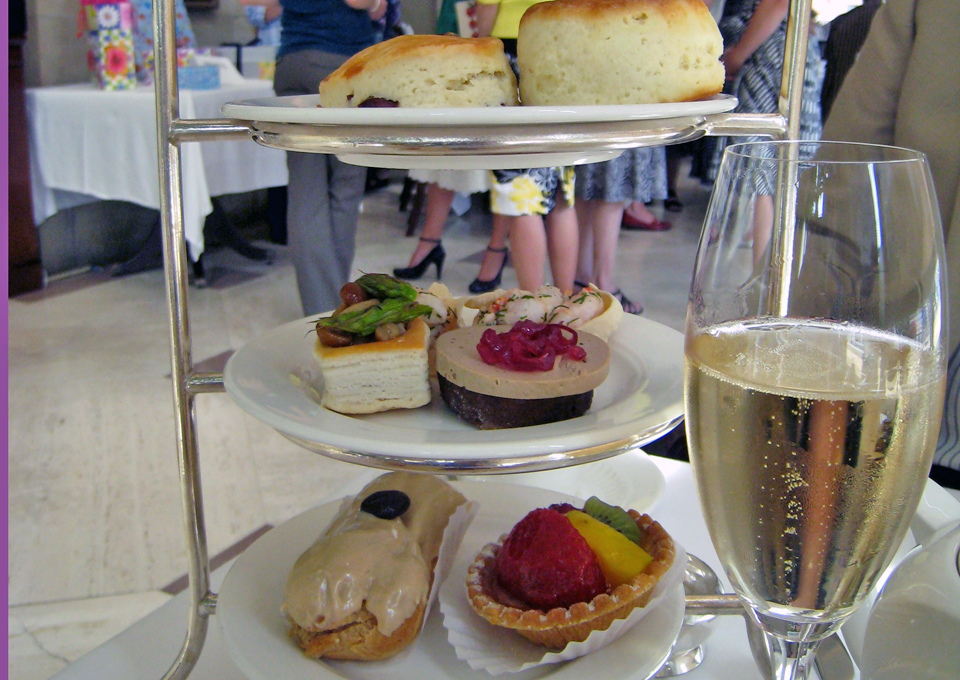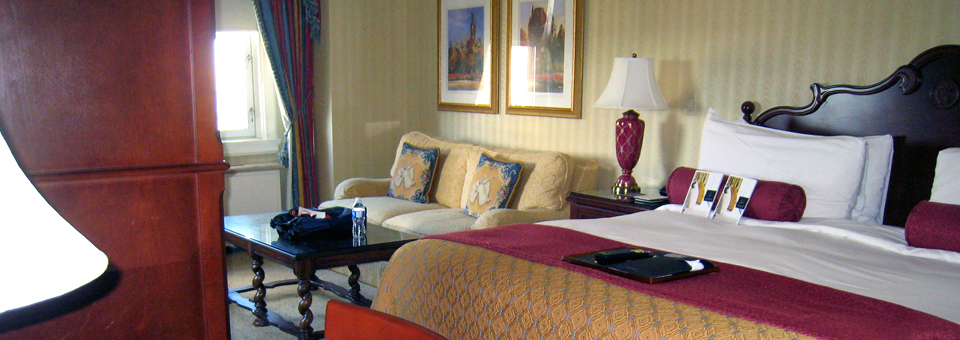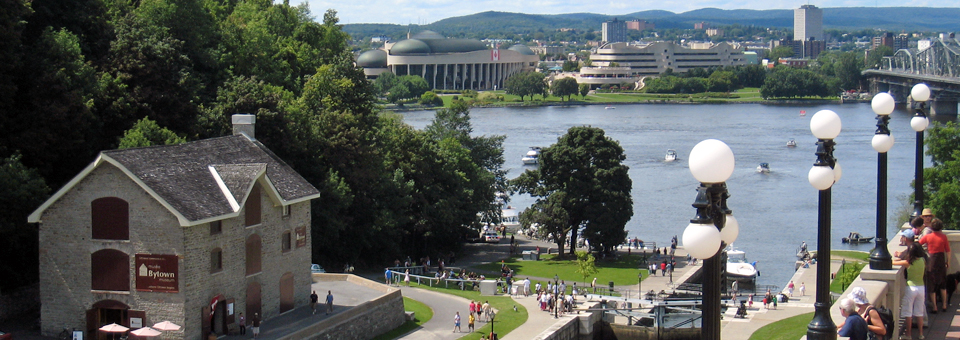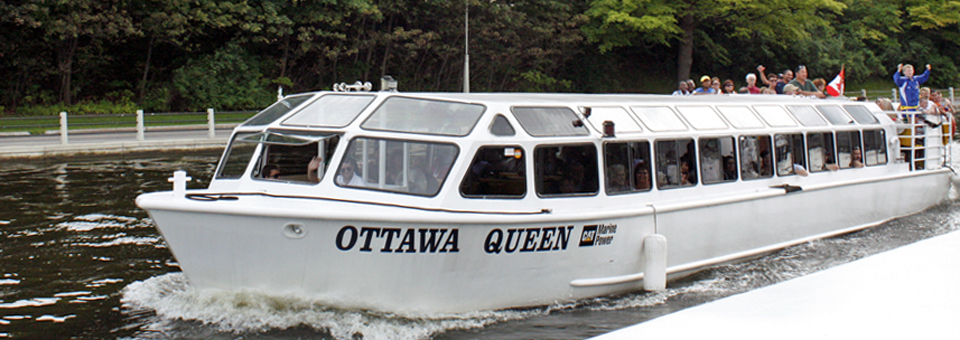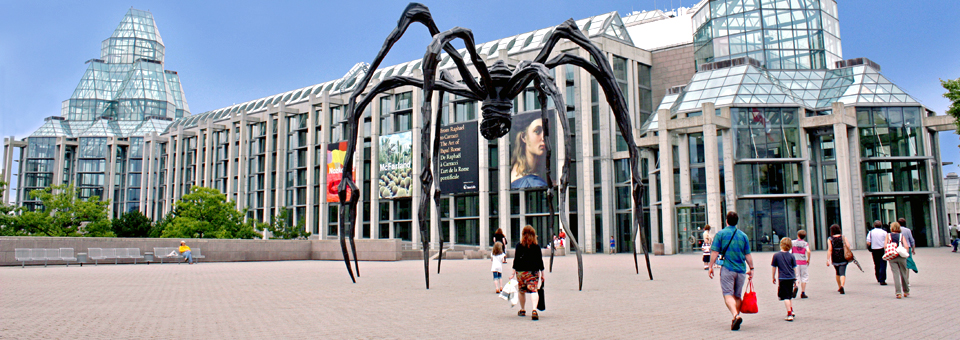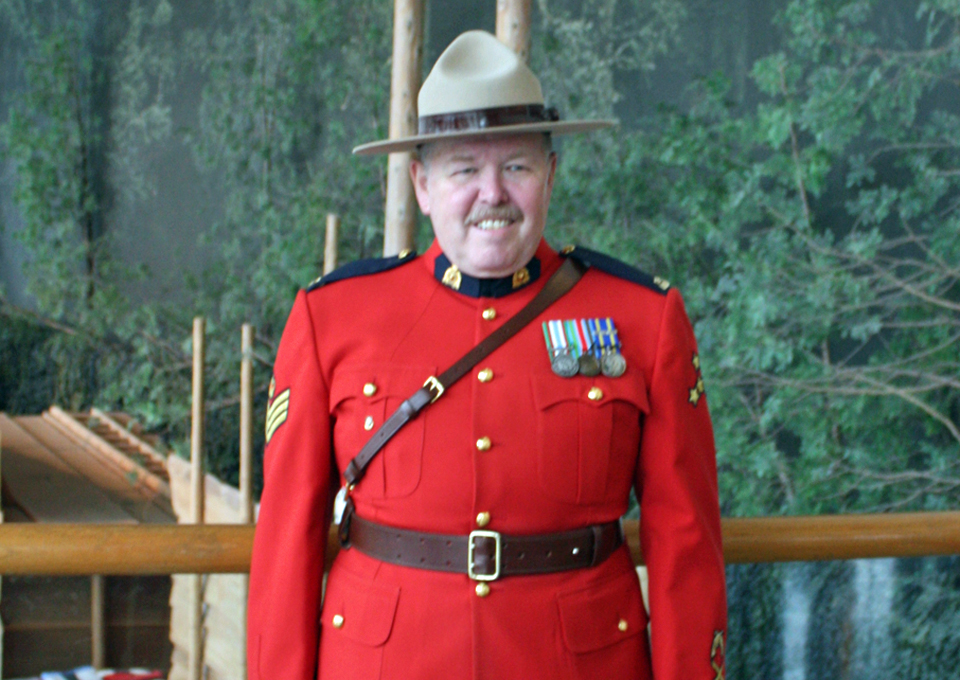Ottawa: Oh, Canada!
It is British city with a French accent, centered on Parliament buildings replicating London’s Westminster and a turreted hotel in the style of a French chateau. An historic and now recreational waterway of pleasure boats is lined with pathways and winds through its heart.
In spring a brilliant show of tulips line its banks, a gift from the Dutch Royal family in appreciation for shelter during the World War 2 Nazi occupation. In winter, canal skaters create a landscape reminiscent of those by the Dutch Masters. It is a year-round hub of activity, a treasure trove of its nation’s history, culture, cuisine, amusements, and special events.
Just an hour north of the US border by car, Canada’s national capital, Ottawa is one of the best-kept secrets in the tourist industry. Once a rowdy and dangerous frontier town of lumberjacks and logging barons called Bytown, it might have faded into obscurity of not for a Queen over 3000 miles away.
Right Place, Right Time
Ottawa was an unlikely choice as capital when compared to more civilized cities of Quebec City, Montreal, Toronto, and Kingston that had all served in that capacity. But after the struggles of the War of 1812, Queen Victoria was concerned about the vulnerability of border cities to American invasions.
The city now known as Ottawa, named for the natives first encountered by European explorers in the early 1600s, was a compromise. It was then a major settlement that bordered the rivalrous French population in present-day Quebec and English population in present-day Ontario it was midway between Quebec City and Toronto. Still, it is unlikely it would have been selected as capital had it not been at the confluence of key waterways. Ottawa was a transportation hub to the west by the Ottawa River and the east by the Rideau Canal.
Completed in 1832, the 121 mile-long Rideau Canal links the Ottawa River and Lake Ontario by connecting the rivers and lakes between Ottawa and Kingston. Designed by Lieutenant Colonel John By of the Royal Engineers, it was built as a safer route for soldiers and supplies between Montreal and the first capital of Canada, Kingston, than the vulnerable portion of the St. Lawrence bordering the United States. As the major route into the area, the canal built the city, bringing in more settlers and supplies.
Soon a more efficient transportation system—railways– came along. Charles Melville Hays, Grand Trunk Railways General Manager, was building a transcontinental railway for the quickly expanding nation, and envisioned grand travel with luxurious hotels and railway stations at key points along the way. His plan included tours by rail and sea all the way from Europe to Asia. Canada’s capital city was to have the flagship hotel connected by an underground tunnel to an elegant railway station across the street.
Wrong Pace, Wrong Time
Hayes was returning from a meeting in London days before his most prestigious hotel was scheduled to open and never saw the completion of his plan. He perished on the maiden voyage of the Titanic. The grand opening of the Chateau Laurier was postponed six weeks and officiated by Canada’s seventh Prime Minister, Sir Wilfred Laurier, a long-time advocate of this impressive addition to the city.
The Past is Present
The Chateau Laurier was designed to be an experience in the gracious and elegant luxury characteristic the good life in this era. A stay today is an immersion in this old-world lifestyle. This landmark hotel is an encapsulation of Ottawa history and the people and events that shaped the city with the benefit of modern amenities. The design and décor remains authentic to its past, from its elegant dining and ballrooms and Art Deco lap pool to the details of its wall art.
Photo galleries throughout hotel show men in top-hats and elegantly clad ladies reveling in grand celebrations in the elegant ballrooms. Hotel guests throughout the years have included royalty, celebrities, politicians, and others of prominence—Pierre Trudeau, King George VI, Queen Elizabeth and Prince Philip, Charles de Gaulle, Shirley Temple, Marlene Dietrich, Nelson Mandela, the Dalai Lama and the King and Queen of Siam, to name a few.
Legendary photographer Yousef Karsh lived and had his studio at the Chateau Laurier for 18 years and gave several of his photographs to the hotel when he left. The portrait of Winston Churchill that hangs in the Reading Lounge brought Karsh international recognition and is one of most reproduced photographic portraits in history.
A visit to Ottawa would be well spent simply enjoying the amenities of the hotel. Wilfred’s restaurant serves award-winning regional Canadian cuisine with outstanding views of Parliament and the canal locks. The elegant Zoe’s Lounge, with tall columns, glistening chandeliers, and palms, was named it one of the best bars in Canada by EnRoute magazine. It offers more casual dining, Sunday brunch, and three variations of afternoon tea—traditional, champagne, or the maple-laced Canadian, a national specialty sampler.
For the highest level of service, Fairmont Gold rooms are offered on a private floor for a small hotel experience with the amenities of this grand hotel. Check-in and check-out is at the Gold Floor reception desk. A sumptuous breakfast buffet, late afternoon hors d’oeuvres, beverages throughout the day, an honor bar, and computer and Internet use, newspapers, and a library of books, CDs, DVDs are provided in a private lounge. A weekend here can do far more to refresh, rejuvenate, and enlighten than a week or more in an ordinary hotel.
The view from your room might be Parliament Hill, Major Hill’s Park, Rideau Canal, the National Gallery, or Byward Market—all short walks form the hotel. Once you are ready to venture out, the most picturesque areas and top historical, cultural and recreational attractions of the nation’s capital are just outside the door.
In the Neighborhood
A colorful Changing of the Guard ceremony takes place July and August mornings in front of the stately Parliament Building, home to Canada’s federal government. The typically British military drills and music, like all programs on Parliament Hill, are free of charge. Canadian entertainers from coast to coast perform on Canada Day (July 1) to celebrate the anniversary of the Confederation.
Other highlights include he musical military spectacle known as Fortissimo (August), the illuminations and holiday decorations of Christmas Lights Across Canada (December), and the Winterlude Open House (February). Tours of the Center Block that includes Senate Chambers and the newly-restored Library of Parliament are available on a first-come, first-served basis from 9:00 a.m. to 4:20 p.m. on weekends. Whether you tour or not, you can take the elevator to the top of the 300’ tall Peace Tower for a 360° view of the capital.
The Ottawa Locks between Parliament Hill and the Chateau Laurier mark the north entrance to the Rideau Canal. The canal is an UNESCO World Heritage Site, an honor shared with the Great Pyramids of Egypt and the Great Wall of China and is North America’s oldest continuously operating waterway. It was built between 1826 and 1832 by thousands of Irish immigrant laborers, French Canadian woodcutters and Scottish stonemasons and is considered one of the greatest engineering feats of the 19th century.
Stairways by the Chateau Laurier lead to narrated and scenic river or canal cruises on Paul’s Boat Lines. RentABike, also in the same area, links to the over 100 miles of popular recreational pathways that connect to parks, museums, and other attractions. You can pedal along the canal to Dow’s Lake, where you can picnic or rent a canoe or kayak, or watch the boats pass through the locks and ride, jog, or stroll the riverside loop behind Parliament.
In summer, over 30 miles of parkways, including five miles of Colonel By Drive along the canal, are closed to motorized vehicles for Sunday Bikedays. Summer also brings the more than 4 miles of celebrations and flotillas of decorated boats of the Canal Festival. In winter, the downtown water level is lowered and the Rideau Canal turns into the largest naturally frozen ice rink (4.8 miles). Many city residents skate to work.
Ottawa’s oldest stone building and first permanent building along the canal is just below Parliament Hill, by the Ottawa Locks. It served as a Commissariat for Lieutenant Colonel John By, who was headquarters for the construction of the canal. It now houses the Bytown Museum, a showcase of local history with stories and relics from the area’s first hundred years.
Behind the Château, ByWard Market and its surrounding neighborhood offers foods, art galleries, and boutiques by day, and a full range of dining, clubs, and pubs by night. The Ottawa pastry, BeaverTails, originated here. Just line up and choose your topping at the kiosk at 69 George Street. Best bets for a fun night are the Cajun Creole cuisine and dueling pianos Friday and Saturday nights at Fat Tuesdays or Ottawa’s signature pub grub and live music at the block-sized Irish village, the Heart and Crown Irish Pubs.
Also behind the Château, the striking National Gallery of Canada is easily identified by the iconic landmark, a 29’ bronze spider, Maman out front and the luminous glass Great Hall. It is home to Canada’s top collection of fine arts and the world’s most comprehensive collection of Canadian art. Don’t miss The Jack Pine, iconic example of the style of the uniquely Canadian Group of Seven, and the Rideau Street Chapel from Convent of Our Lady of the Sacred Heart. Free guided public tours are offered daily at 2:00 p.m.
Canada hosted the 2010 Winter Olympics, and The Royal Canadian Mint is the place for Olympic-themed displays. It is also where the 2010 Olympic medals were made.
Farther Afield
To explore beyond the immediate area, try a Gray Line Hop-On Hop-Off Discover the Capital Tour that spans the National Capital Region:
Across the river in Gatineau is a casino and Canada’s largest and most popular museum. The Canadian Museum of Civilization traces a thousand years of Canadian history—from towering totem poles to tiny stamps in ways that are delightful for children of all ages.
The Canadian War Museum honors the nation’s military history from the early days of New France to today. War art, photography, tanks, planes and first-hand accounts by those who lived the conflicts are featured in this energy efficient facility.
Rideau Hall, the official residence and workplace of every Governor General since 1867. Canadian art and furniture. Public rooms and 79 acres of landscaped grounds are open to visitors.
Experience the Mounties of the Musical Ride when they are home at the Royal Canadian Mounted Police Stables. The friendly and elegant Thoroughbred Hanoverian horses are bred in Canada for uniformity in color, size and form.
Americans who cross the border today find a welcoming nation and a dynamic political capital where the richness of the past is present in all they see and do. This city of festivals is a year-round center of events, performances, celebrations, and activities to suit all ages and interests. Check with the Ottawa Tourism Department for the latest information, including the Canada’s Capital Museums Passport.

